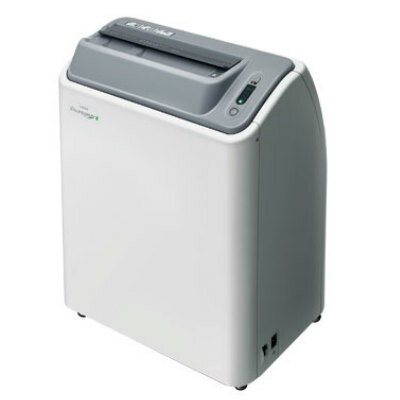Diamonds May Become the Ultimate MRI Probe
By MedImaging International staff writers
Posted on 13 Oct 2009
A research team's project has the long-term goal of developing quantum computers, but it has provided results that may have more immediate application in medical science. Their finding that a candidate "quantum bit” has great sensitivity to magnetic fields hints that magnetic resonance imaging (MRI)-like devices that can probe individual drug molecules and living cells may be possible.Posted on 13 Oct 2009
The candidate system, formed from a nitrogen atom lodged within a diamond crystal, has potential not only because it can sense atomic-scale variations in magnetism, but also because it functions at room temperature. Most other such devices used either in quantum computation or for magnetic sensing must be cooled to nearly absolute zero to operate, making it hard to position them near live tissue. However, using the nitrogen as a sensor or switch could sidestep that limitation.
Diamond, which is formed of pure carbon, occasionally has tiny imperfections within its crystalline lattice. A common impurity is a "nitrogen vacancy,” in which two carbon atoms are replaced by a single atom of nitrogen, leaving the other carbon atom's space vacant. Nitrogen vacancies are in part responsible for diamond's luster, for they are actually fluorescent: when green light strikes them, the nitrogen atom's two excitable unpaired electrons glow a brilliant red.
The team of scientists, including a physicist from the U.S. National Institute of Standards and Technology (NIST; Gaithersburg, MD, USA), reported that they could use slight variations in this fluorescence to determine the magnetic spin of a single electron in the nitrogen. Spin is a quantum property that has a value of either "up” or "down,” and therefore, could represent one or zero in binary computation. The investigators' recent accomplishment was to transfer this quantum information repeatedly between the nitrogen electron and the nuclei of adjacent carbon atoms, forming a small circuit capable of logic operations. Reading a quantum bit's spin information--an essential task for a quantum computer--has been quite a challenge, according to the researchers, but they demonstrated that by transferring the data back and forth between the electron and the nuclei, the information could be amplified, making it much easier to read.
Nonetheless, NIST theoretical physicist Dr. Jacob Taylor reported that the study's findings are "evolutionary, not revolutionary” for the quantum computing field and that the medical world may reap practical benefits from the discovery long before a working quantum computer is constructed. He foresees diamond-tipped sensors performing MRI tests on individual cells within the body, or on single molecules drug companies want to investigate--a type of MRI scanner for the microscopic. "That's commonly thought not to be possible because in both of these cases the magnetic fields are so small,” Taylor said. "But this technique has very low toxicity and can be done at room temperature. It could potentially look inside a single cell and allow us to visualize what's happening in different spots.”
The Harvard University (Cambridge, MA, USA)-based team also includes scientists from the Joint Quantum Institute (a partnership of NIST and the University of Maryland [College Park, USA]), the Massachusetts Institute of Technology (MIT; Cambridge, MA, USA), and Texas A&M University (College Station, USA).
The study was published online September 10, 2009, in the journal Science.
Related Links:
Harvard University
Joint Quantum
Massachusetts Institute of Technology
Texas A&M University













